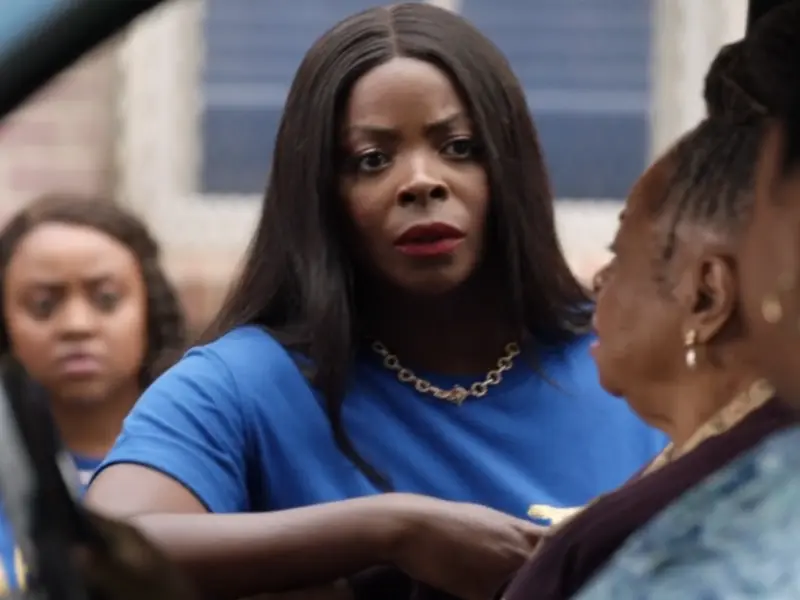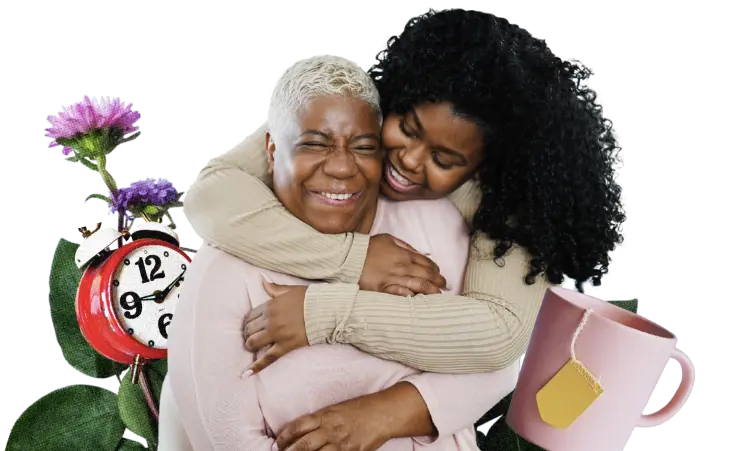
It’s impossible. While nearly 20% of U.S. workers are family caregivers, only 5% of caregiving storylines on TV address any of the challenges that come with balancing work and care responsibilities, especially for aging and disability care. A fifth of working Americans? That’s a huge audience! There haven’t been ratings like that since Friends.
Speaking of, all the Friends are probably caring for their aging parents at this point.
Story sparks:
- Deja left her accounting job for a few years to care for her parents. Now she’s ready to re-enter the workforce but is having a hard time finding someone who will hire a middle-aged adult with gaps in their résumé. She didn’t account for that.
- Jamari asks his boss for flexible working hours to accommodate his chronic illness. Jamari’s body never accepted the calendar invite for the mandatory Monday 9 am meetings.
- When Ana’s father Malakai is diagnosed with Alzheimer’s, she’s faced with a decision to keep working or leave her job to care for him. This character dilemma almost writes itself.
- Rebecca and Alon are working parents who also care for Rebecca’s mother Trina in their home. When something unexpected comes up with work, it’s a challenge to rearrange all the schedules to cover everyone’s care needs. There’s a classic hijinx-filled sitcom plot if we’ve ever heard one!
AN INTERSECTIONAL LENS:
Stories can help show that care challenges are not experienced equally across groups. For example, women in the U.S. lose, on average, $300,000 in earnings due to care responsibilities. That’s right, women earn less due to the gender pay gap AND care responsibilities. The double-edged sword of sexism strikes again!
For more on equitable storytelling around work and care, visit the New America Better Life Lab’s guide to “Re-scripting Gender, Work, Family and Care.”
A quick note: scenarios described here are generalized from information that Caring Across Generations has collected through focus groups, polling, and other research. They are generalized scenarios and are not any one individual’s story, and they are not meant to be comprehensive of all experiences having to do with care. This resource is intended to illuminate new storytelling opportunities that also contribute to a more authentic and holistic representation of care on screen.
